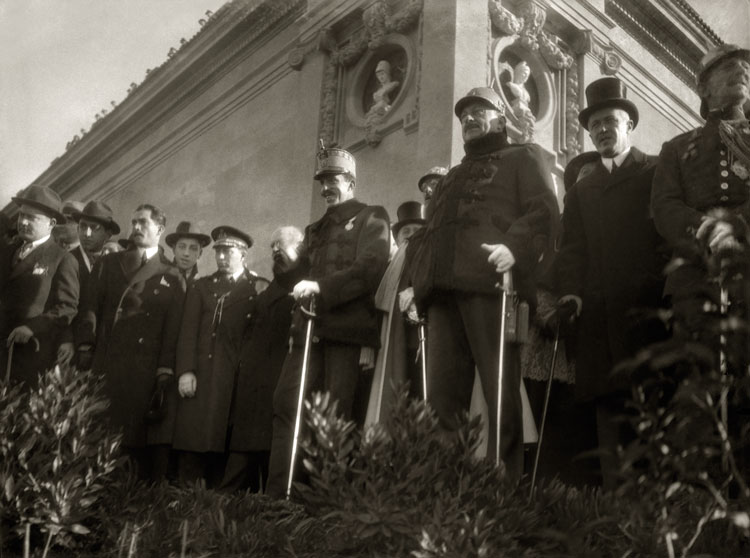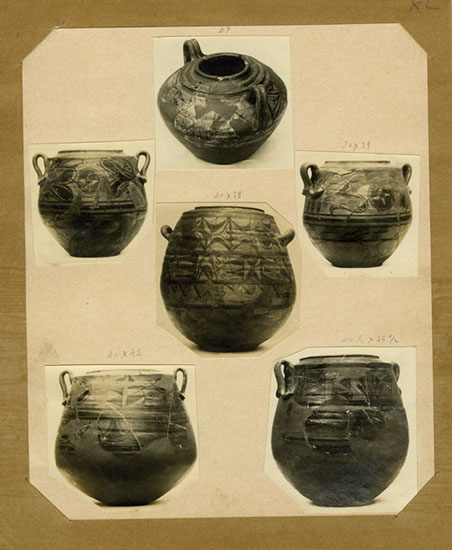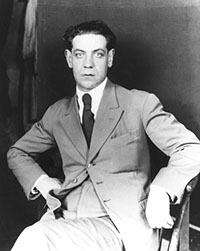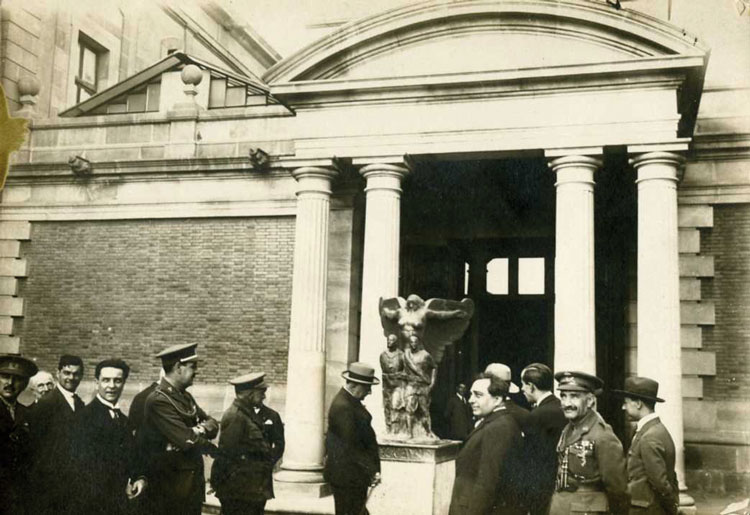català
español
english
français
Archaeology and political and cultural Catalanism
The origins of an exceptional decade, 1907-1914
World War 1, Mancommunity, IEC and Pere Bosch Gimpera
1915. A first attempt at professionalization
Catalan archaeology’s prodigious decade
Catalan archaeology in and beyond Catalonia
The great adventure in Baix Aragó
The Balearic and Pityuses Islands: the personal project of J. Colominas
The final agony of a prodigious decade
The dark days of the Primo de Rivera dictatorship. The final agony of a prodigious decade
On 6 May 1923 the Museums Board named Pere Bosch Gimpera director of the Archaeological Section of the Art and Archaeology Museum in the Parc de la Ciutadella. Josep Colominas would accompany him in the inventories and reorganization of the collections as an assistant, while Gandia would remain in charge of the material from Empúries.
However, these were times of change. On 24 December 1923, a little while after Primo de Rivera’s military coup (September 1923), Puig i Cadafalch resigned as the President of the Mancommunity. Carlos de Lossada y Canterac, first military governor and then civil governor of Barcelona, took over as interim president in January 1924. In mid-January the military junta disbanded the government of the Mancommunity and immediately designated Alfons Sala i Argemí, Count of Ègara and member of the National Monarchic Union, as the new President of the Barcelona Provincial Council and President of the moribund and dictatorial Mancommunity. This rump Mancommunity was finally put out of its misery on 20 March 1925.

Alfons XIII and Miguel Primo de Rivera review a parade of militia at Montjuïc. 1923.
Catalan National Archive.
Brangulí Photographic Collection.
A difficult period for archaeology
Once the Mancommunity had been abolished, the new dictatorial Barcelona Provincial Council removed from its annual budget all direct funding for the IEC and took control of a series of established working bodies including the Excavations, Meteorological, Cataloguing and Conservation of Monuments, and Cartographic services.
Inertia enabled the Archaeology Service to struggle on and the explorations and excavations in 1923 continued throughout 1924 despite the Service’s increasingly serious and evident economic difficulties — the excavations at Oliva and Oriola now had to be financed by the Art and Archaeology Museum. Colominas continued to excavate the palaeo-Christian necropolis in Tarragona and reported his findings in March 1924. The Historical-Archaeological Section commissioned Bosch Gimpera with an archaeological map of Catalonia, as well as a number of small-scale visits, studies and prospections at the end of the year.
Bosch Gimpera presented to the Section his excavation programme for 1924 that would allow him to continue studying the dolmens in Alt Empordà at Capmany and the caves in La Cerdanya, and the work in Mallorca and Puig Castellar.
By 1925, the activities of the Historical-Archaeological Section had decreased notably, although the Museums Board did manage to fund the Section and Josep Colominas with 3,000 pesetas to excavate the necropolis at Callosa de Segura (Alacant). Bosch Gimpera, meanwhile, continued to work on his volume of Iberian vessels Corpus Vasorum. The economic situation of the IEC in 1925 with, since the dissolution of the Mancommunity, no funding from either Barcelona Provincial Council or Barcelona City Council would soon enter into crisis.



Excavations at the necropolis of Les Laderas del Castillo (Callosa de Segura, Alacant). Between 1926 and 1931.
MAC Photographic Archive.
Lamina from the volume on Iberian jars in Corpus vasorum.
MAC Archive.
Excavations by the Service in the incineration necropolis at El Castellar (Oliva, Valencia). Between 1921 and 1926.
MAC Photographic Archive.

Joaquim Folch i Torres, Director of the Art and Archaeology Museum until he was sacked on 27 October 1926.
Folch i Torres Foundation.
Epilogue. The evacuation of the Archaeological Investigations Service
Logically, the Excavation Service suffered during these years of so much change. The Service’s rooms in the Palau de la Diputació were occupied militarily and most of the furniture and excavation and archaeological material were packed away in the attic of the Museu de la Ciutadella. In summer 1928 the Provincial Council rehoused the Service on the first floor of a building in La Sagrera – with a tax office downstairs – that was not even semi-operational until the first part of 1929.
The excavations at Empúries were halted in 1927 and did not recommence until 1932.
This situation and the IEC’s lack of funding led to a severe paralysis in the organization that would last from 1925 until 1930. It was not until the end of the ‘soft’ dictatorship of General Dámaso Berenguer (28 January 1930 to 14 February 1931), the successor to the exiled Primo de Rivera, and, above all, the proclamation of the Second Republic on 14 April 1931, that the Institution finally began to see the light at the end of the tunnel — the dark days of the dictatorship had put an end to a prodigious decade for Catalan archaeology, both within and beyond the frontiers of the country.

Visit by Miguel Primo de Rivera to the Art and Archaeology Museum.
MAC Archive.
Gandia Collection.